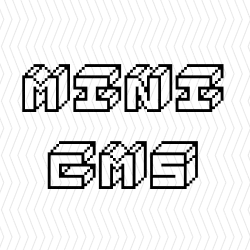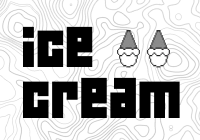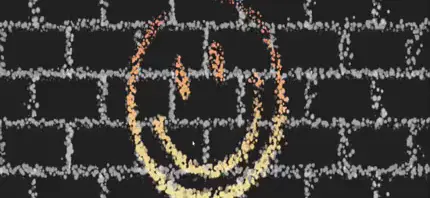This Website
This site started as a side project, something I worked on between my day job and freelance work. Honestly, it's been one wild ride—challenging at times, but absolutely worth it. I wanted a space where I could experiment freely, try out new ideas, and bend a few web design rules without asking for permission. It's more than just a portfolio—it's a playground for ideas, animations, and unconventional designs.






























